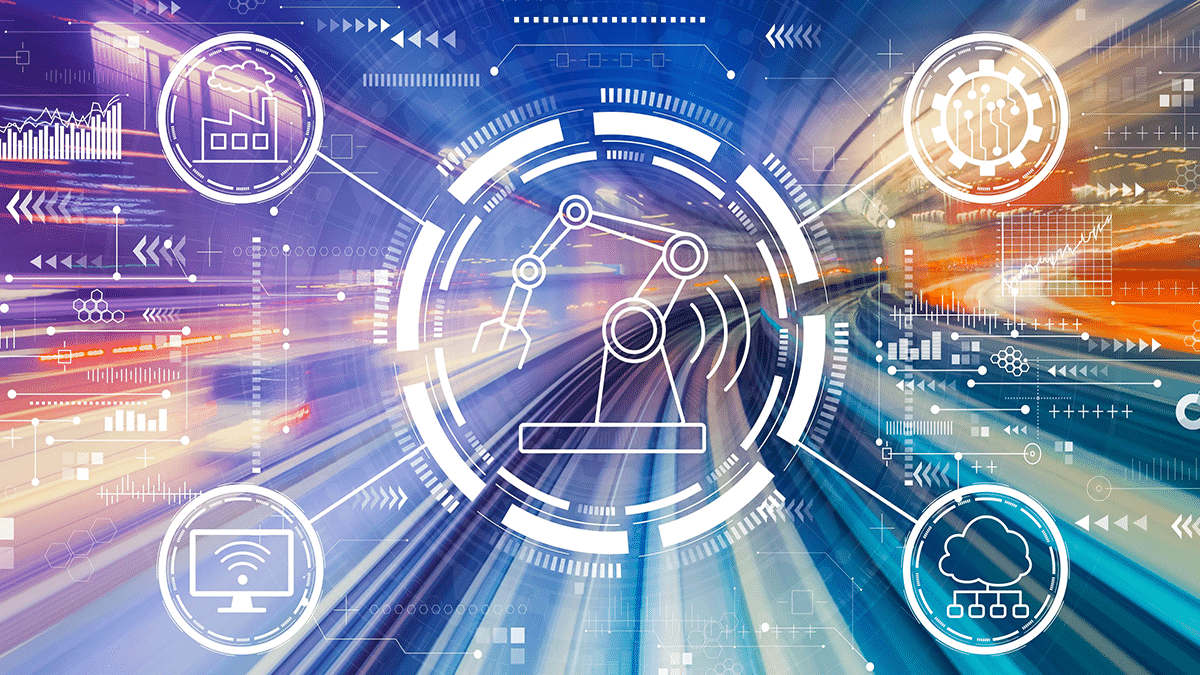At a plastics manufacturing facility in Ohio, a machine operator received a maintenance alert on his dashboard just before the start of his shift. A coolant leak, which would have otherwise gone unnoticed, was flagged by a connected sensor monitoring the pressure of the system. A minor intervention saved a full-day shutdown. Similar stories are becoming common across American factories, where connected devices are doing more than just collecting data; they are quietly reshaping the way industry runs day to day.
What is more striking is the surge in corporate investments. In the past two years alone, Amazon has committed over $1 billion toward connected warehouse automation. GE and Honeywell are continually investing heavily in predictive analytics platforms, while Caterpillar has expanded its IIoT program across 90+ facilities. Since 2022, Intel and Microsoft have both pledged over $2 billion toward IIoT hardware and cloud infrastructure in the U.S. These figures show that IIoT is no longer a tech trial; it is a major part of industrial capital planning. These huge investments are propelling the U.S. market for industrial Internet of Things, which is expected to surpass revenues of USD 671 billion by 2033.
Smarter Decisions: Role of AI and Machine Learning
Much of the insights that IIoT platforms deliver are powered by artificial intelligence and machine learning algorithms. These tools process vast amounts of sensor data to identify patterns that are invisible to the human eye. For instance, GE’s Predix utilizes ML models to predict when turbines may need service, while Siemens’ MindSphere relies on AI to fine-tune energy use in real time. This layer of intelligence allows companies to act faster and with greater accuracy, without needing data scientists on-site.
Why the U.S. Industry Is Embracing IIoT Now?
One of the most immediate drivers is the need for predictive maintenance. U.S. factories are replacing traditional calendar-based maintenance with sensor-driven models that alert operators about potential failures. This not only extends equipment life but also reduces emergency downtime, which remains one of the highest hidden costs in manufacturing.
There is also growing interest in energy efficiency. With utility prices on the rise and stricter emissions standards, IIoT-enabled systems help plants monitor energy usage and optimize output. Smart energy meters, connected HVAC systems, and AI-powered analytics are helping companies reduce waste and achieve sustainability goals.
The shift toward real-time data monitoring is helping industrial teams make faster decisions. Instead of relying on delayed reports, managers now receive live status updates from production lines, supply chain nodes, and equipment. This has become crucial for industries like automotive and food processing, where responsiveness directly impacts margins.
Aging infrastructure in manufacturing is also pushing adoption. Many legacy systems are being retrofitted with IIoT devices that help bridge the gap between outdated machinery and modern analytics. These retrofits allow companies to avoid full-scale replacements while still gaining access to valuable performance insights.
Lastly, government-led initiatives and funding are boosting IIoT adoption. Programs like the Smart Manufacturing Innovation Institute (funded by the Department of Energy) provide grants and partnerships for factories looking to digitize. Federal investment in broadband infrastructure is also improving IIoT accessibility in rural manufacturing hubs.
What’s New: Tools That Are Changing the Industrial IoT Game
One of the most significant innovations is the rise of cloud-based analytics platforms. Honeywell Forge and Siemens MindSphere allow industrial operators to aggregate data from multiple machines and locations, generating actionable insights from a single dashboard.
Another breakthrough is the adoption of digital twins—virtual replicas of machines or systems that simulate performance in real time. GE Digital’s Predix and PTC’s ThingWorx enable companies to test adjustments in a simulated environment before implementing changes on the floor.
5G connectivity is becoming a game changer in factories. Verizon and Ericsson have launched private 5G networks at select U.S. plants, which allow for ultra-fast and secure connections between machines, sensors, and control systems. This is especially useful for robotics, AR maintenance tools, and machine vision systems.
Edge computing is also gaining ground. Instead of sending all data to the cloud, edge devices analyze it near the source, on the production line or machine itself. Companies like Cisco and HPE are developing industrial-grade edge solutions that reduce latency and improve real-time responsiveness.
Cybersecurity remains front and center. With increased connectivity comes higher risk. Tools from companies such as Claroty and Nozomi Networks are now embedded into IIoT systems to secure operational technology without slowing down production.
IIoT Is Quietly Becoming Essential
The Industrial Internet of Things in the U.S. is not just a matter of adding sensors; it is a broader shift in how industries operate, monitor, and improve their processes. What once took days of manual tracking and visual inspection is now achieved in seconds, often automatically. Industries stand to benefit not only from cost savings but from smarter, safer, and more sustainable operations. The U.S. Industrial IoT market is growing quietly but steadily, and the businesses adopting it are quietly pulling ahead.
















